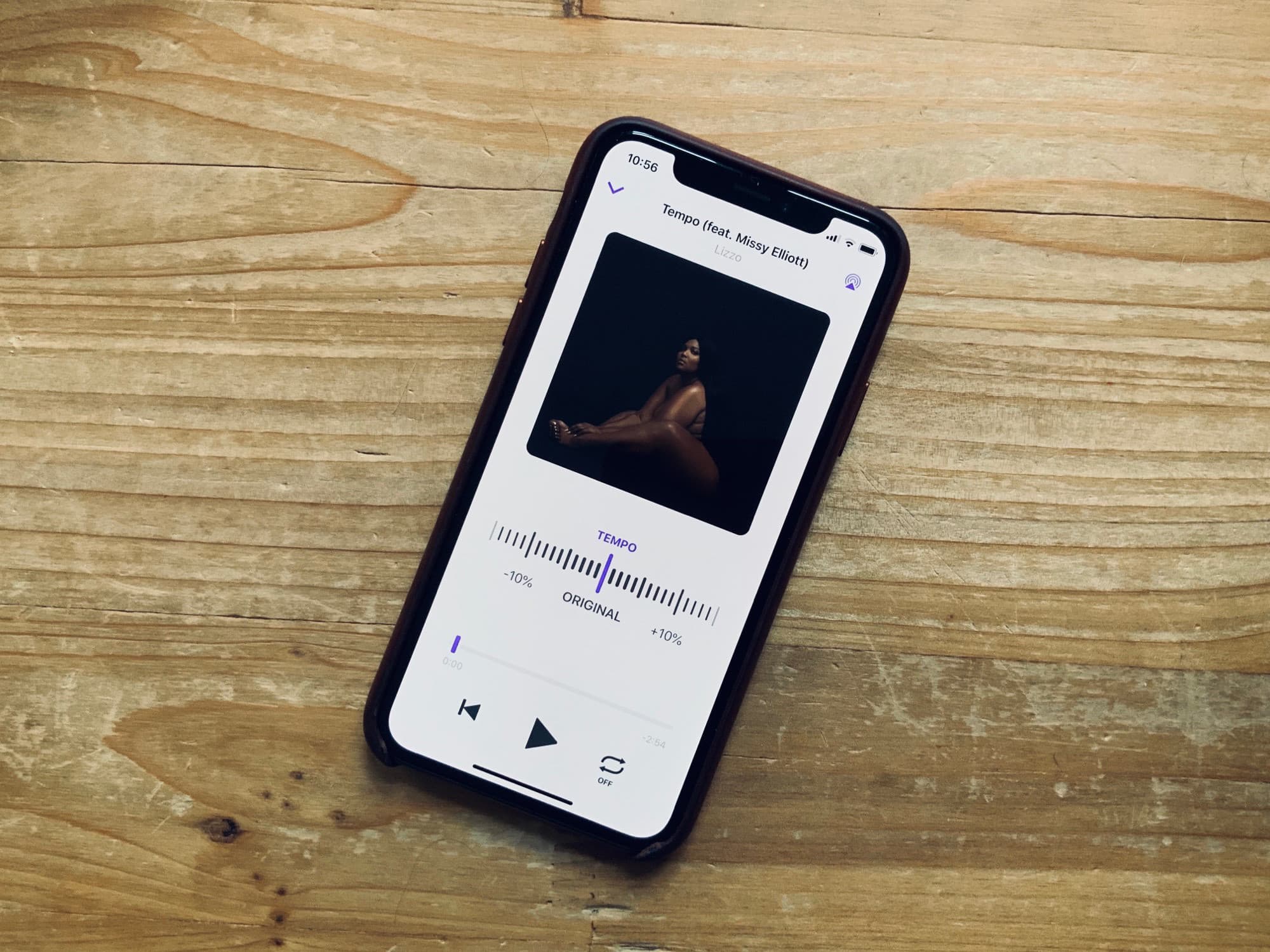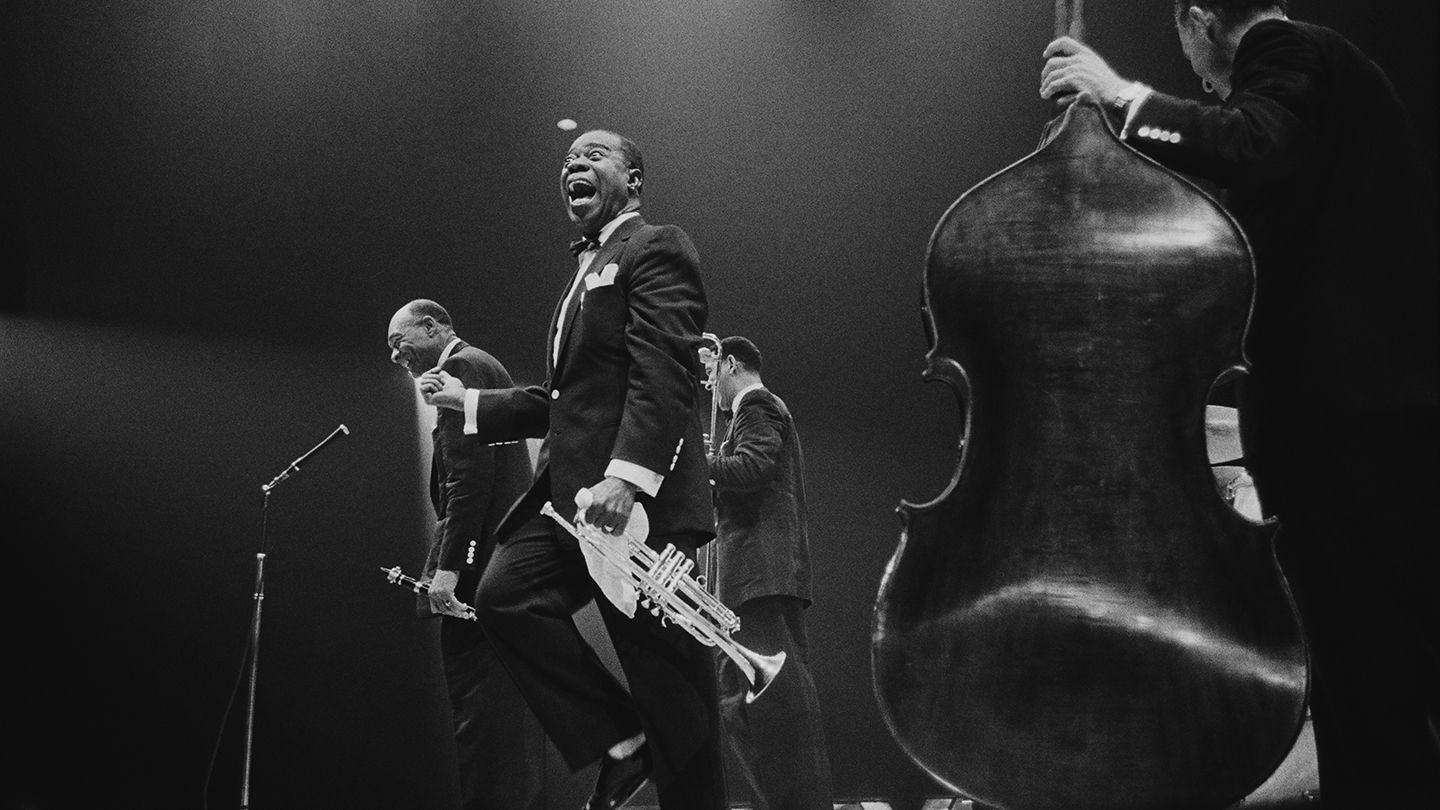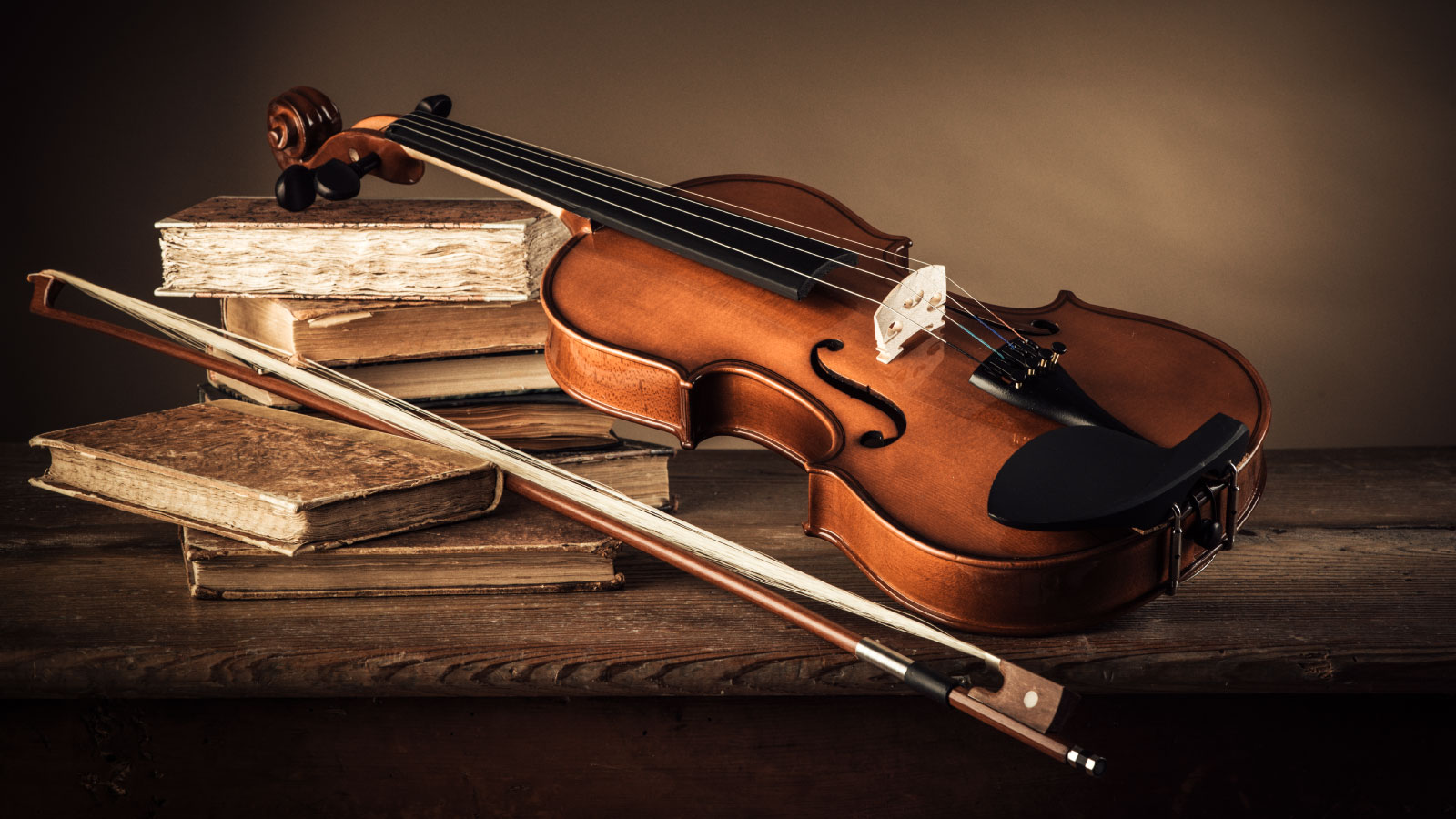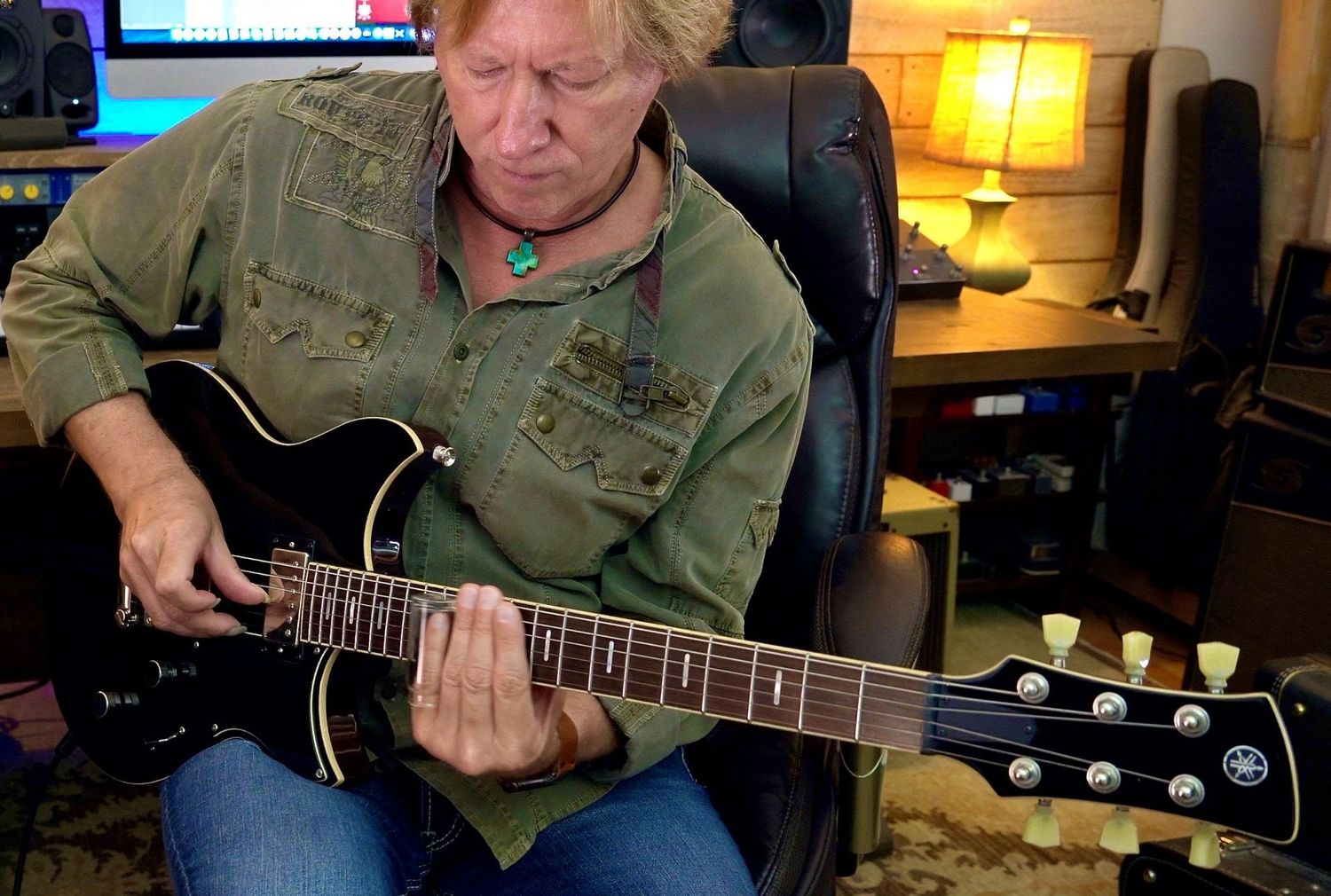Home>Production & Technology>Tempo>What Is A Tempo Change In Music
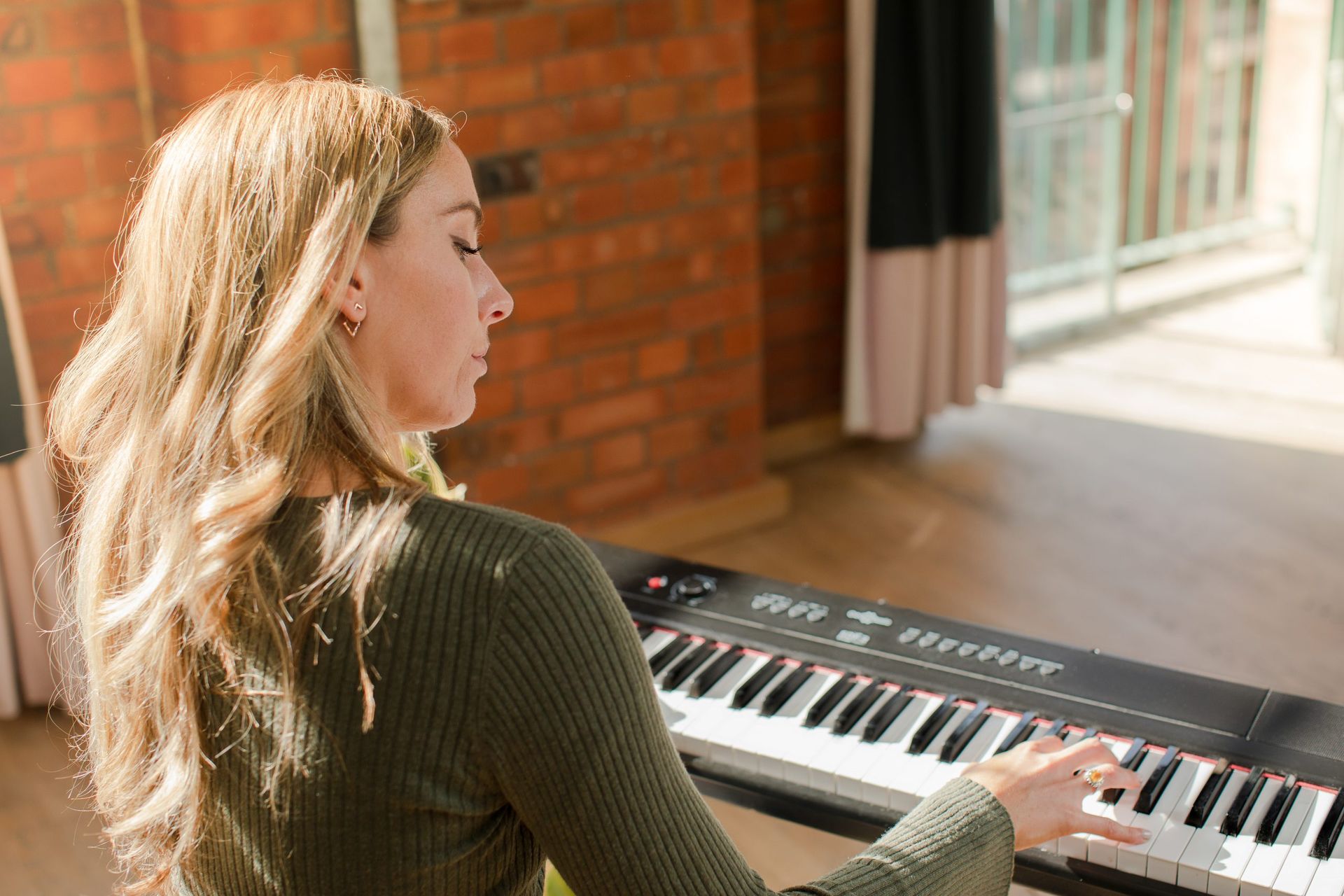

Tempo
What Is A Tempo Change In Music
Published: December 10, 2023
Discover the meaning and impact of a tempo change in music. Learn how the variation in speed enhances rhythm, emotion, and dynamics in musical compositions.
(Many of the links in this article redirect to a specific reviewed product. Your purchase of these products through affiliate links helps to generate commission for AudioLover.com, at no extra cost. Learn more)
Table of Contents
Introduction
Welcome to the wonderful world of music! Whether you’re a musician, songwriter, or simply a music lover, you’ve probably heard the term “tempo” being thrown around. But what exactly does it mean?
Tempo, in music, refers to the speed or pace at which a piece of music is performed. It sets the overall rhythm and feel of a composition and can greatly impact the emotional and energetic qualities of a song. From slow and melancholic ballads to fast and exhilarating dance tracks, tempo plays a vital role in creating a captivating musical experience.
Understanding tempo is essential for both musicians and music aficionados. It allows us to appreciate the intricate relationships between rhythm, melody, and harmony, and how they unite to create memorable musical moments. Tempo is like the heartbeat of a song, providing a rhythmic foundation that guides the listener through the musical journey.
Tempo changes, on the other hand, add a dynamic element to music. They are deliberate alterations in the speed of a song, allowing for moments of tension, release, excitement, or even subtle emotional shifts. These changes can transform the mood of a piece, intensify a climactic moment, or provide a refreshing surprise for the listener.
In this article, we’ll delve deeper into the concept of tempo changes in music. We’ll explore their definition, importance, and various types. We’ll also discuss techniques for implementing tempo changes and provide examples of popular songs that showcase their effective use. So, let’s dive in and discover the fascinating world of tempo changes in music!
Definition of Tempo in Music
Tempo is a fundamental element of music that refers to the speed or pace at which a piece of music is performed. It is typically measured in beats per minute (BPM) and acts as the underlying pulse that guides the rhythm of a composition. In simple terms, tempo determines how fast or slow a song is played.
Tempo is indicated by specific Italian terms that convey the desired speed, such as “largo” (very slow), “adagio” (slow), “andante” (walking pace), “moderato” (moderate), “allegro” (fast), and “presto” (very fast), among others. These terms give the performer a general idea of the intended tempo, but more precise indications can be given through the use of metronome markings or BPM values.
The tempo of a piece greatly influences its overall mood and character. A slower tempo, like largo or adagio, often conveys a sense of tranquility, introspection, or sadness. On the other hand, a faster tempo, like allegro or presto, can evoke feelings of excitement, energy, or urgency.
It’s important to note that tempo is a relative concept and can vary depending on the cultural context, musical genre, or interpretation of the performer. For example, a tempo of 120 BPM in a classical piece might feel moderate, but in a fast-paced electronic dance track, it could be considered slow.
Tempo provides a sense of structure and coherence to a musical composition. It allows musicians to synchronize their playing, creates a rhythmic framework for accompanying instruments, and influences the overall flow and phrasing of the music. Tempo acts as a guide for performers and listeners alike, ensuring a cohesive and unified musical experience.
Tempo is not only relevant for live performances but is also crucial during the recording and production process. Establishing the right tempo sets the foundation for layering different instruments, aligning vocal performances, and creating a cohesive mix of the various components.
Next, let’s explore the significance of tempo in music and understand why it is such a critical element in creating powerful musical experiences.
The Importance of Tempo in Music
Tempo plays a significant role in music, impacting the overall feel, energy, and emotional impact of a composition. It is a vital element that shapes the listener’s experience and connects them to the essence of the music.
One of the key aspects of tempo is its ability to convey emotions. A slow tempo can create a sense of longing, sadness, or serenity, allowing the listener to dive into the depths of a reflective ballad or a poignant melody. On the other hand, a fast tempo can evoke energy, excitement, and joy, invoking the urge to move, dance, and celebrate.
Tempo also influences the perception of time in music. A piece played at a slower tempo may feel more spacious and contemplative, with each note given ample time to resonate. Conversely, a fast tempo can create a sense of urgency and intensity, where notes and phrases fly by in a whirlwind of musical energy.
Moreover, tempo is essential for establishing the rhythmic foundation of a composition. It provides a framework for other musical elements, such as melody, harmony, and rhythm, to interact harmoniously. Tempo helps musicians synchronize their playing, ensuring a cohesive and unified performance.
In addition to its impact on the emotional and rhythmic aspects of music, tempo has practical implications for musicians and performers. It allows them to communicate effectively, ensuring that everyone is on the same page and performing at a consistent speed. This becomes particularly crucial in ensemble performances, where multiple musicians must collaborate seamlessly.
Tempo also plays a role in music education, as it helps students develop a sense of rhythm, timing, and coordination. Learning to play at varying tempos exposes them to different musical styles and genres, broadening their musical understanding and versatility.
Furthermore, tempo is a valuable tool for music producers and sound engineers during the recording and production process. It helps establish the desired mood and atmosphere, sets the pace for the performance, and aids in creating a cohesive mix by aligning various musical elements.
Overall, tempo is a fundamental component of music that influences the emotional impact, perception of time, rhythmic structure, and communication between musicians. Its importance cannot be overstated, as it shapes the very essence of a musical composition and resonates deeply with listeners.
Now that we have a solid understanding of tempo in music and its significance, let’s explore the intriguing world of tempo changes and their role in enhancing musical compositions.
Understanding Tempo Changes
Tempo changes, also known as tempo variations or tempo shifts, refer to deliberate alterations in the speed or pace of a musical composition. They add a dynamic element to the music, introducing moments of contrast, tension, or surprise. Tempo changes can occur within a single piece or in transitions between different sections.
Tempo changes have the power to transform the mood and energy of a song. A sudden increase in tempo can inject a burst of excitement and intensity, while a gradual decrease can create a sense of calm or introspection. These shifts in tempo help to keep the listener engaged and prevent the music from becoming predictable or monotonous.
Tempo changes can be used strategically to emphasize certain musical elements or to enhance the emotional impact of a composition. For example, a tempo acceleration during a climactic section can amplify the sense of anticipation and heighten the overall impact. Conversely, a sudden decrease in tempo may create a moment of respite or reflection.
Understanding tempo changes requires careful attention to the musical structure and the desired emotional impact. It involves identifying the sections or moments where a change in tempo would best serve the composition and align with the artistic vision of the musician or songwriter.
Tempo changes can be indicated in sheet music through markings such as “ritardando” (gradually slowing down), “accelerando” (gradually speeding up), or specific BPM values. However, tempo changes are not always precisely notated, and artistic interpretation often comes into play. Musicians rely on their intuition, musical instincts, and communication with other performers to navigate these transitions smoothly.
Tempo changes are not just limited to a linear progression from one tempo to another. They can also involve complex rhythmic variations, syncopation, or polyrhythms. These techniques add depth and complexity to the music, creating a rich tapestry of sonic experiences.
Next, we will explore different types of tempo changes that musicians can utilize to enhance their compositions and captivate listeners.
Types of Tempo Changes
Tempo changes come in various forms, each with its own unique effect on the overall musical experience. Understanding these different types allows musicians to employ them strategically and creatively in their compositions. Let’s explore some of the most common types of tempo changes:
- Accelerando: This type of tempo change involves gradually increasing the speed of the music. It creates a sense of building excitement and energy, leading to a climactic moment.
- Ritardando: In contrast to accelerando, ritardando refers to a gradual slowing down of the tempo. It can be used to create a sense of relaxation, reflection, or a gentle winding down of the music.
- Rubato: Rubato is a flexible tempo change where the performer has the freedom to vary the tempo within a phrase. It adds expressiveness and emotional depth, allowing for subtle fluctuations and personal interpretation.
- Tempo modulation: Tempo modulation involves an abrupt shift from one tempo to another. It can create a dramatic effect, emphasizing a change in mood or introducing a new section of the composition.
- Tempo accelerations or decelerations: These tempo changes are sudden and immediate, providing an instant shift in the energy and intensity of the music. They can be used to create surprise, suspense, or to highlight a specific musical moment.
- Tempo rubato: This tempo change is similar to rubato but applied to the entire piece or section. It allows for fluid tempo variations and a more organic, expressive interpretation of the music.
- Temporal drift: Temporal drift refers to a gradual and subtle change in tempo throughout the course of a piece. It can be used to create a sense of timelessness or to add a dreamlike quality to the music.
- Tempo mapping: This technique involves mapping out specific tempo changes at precise moments in the music, ensuring a synchronized and intentional shift in speed. It is often employed in electronic and digitally produced music to create intricate arrangements and transitions.
These are just a few examples of the types of tempo changes that musicians can utilize. The choice of tempo change depends on the desired artistic effect, the genre of music, and the overall structure and narrative of the composition.
Now that we understand the different types of tempo changes, we can explore techniques for implementing them effectively in musical compositions.
Techniques for Implementing Tempo Changes
Implementing tempo changes effectively requires careful consideration and thoughtful execution. Here are some techniques that musicians can utilize to seamlessly incorporate tempo changes into their compositions:
- Gradual transitions: One approach is to gradually transition from one tempo to another. This can be achieved by gradually increasing or decreasing the tempo over a specific number of measures or beats. Gradual transitions create a smooth and natural flow, allowing the listener to acclimate to the new tempo.
- Immediate shifts: Another technique is to create a sudden and immediate tempo change. This can be done to create a sudden burst of energy or to surprise the listener with a jolt of excitement. Immediate shifts can be effective in generating contrast and capturing attention.
- Tempo modulation: Tempo modulation involves shifting the tempo at a particular musical cue or transition point. This technique is often used to mark a change in mood, introduce a new section, or emphasize a climactic moment. Careful planning and synchronization with other musical elements are crucial for a successful tempo modulation.
- Syncopation: Syncopation refers to deliberately placing accents or emphasis on off-beats or unexpected moments within a musical phrase. By introducing syncopation, musicians can create rhythmic tension and add a sense of unpredictability to the music, which can go hand in hand with tempo changes.
- Contrasting sections: Tempo changes can be employed to differentiate between contrasting sections of a composition. For example, a fast-paced and energetic section can be followed by a slower and more introspective section, creating a striking contrast and invoking diverse emotional responses in the listener.
- Dynamic markings: Including dynamic markings in the sheet music or performance instructions can help guide the execution of tempo changes. Terms like “accelerando,” “ritardando,” or specific BPM values can provide clear guidance to the performers, ensuring that they maintain the intended tempo change.
- Artistic interpretation: Tempo changes often involve a degree of artistic interpretation. Musicians can rely on their own creativity and personal expression to infuse the music with their unique style. Communication and collaboration with other performers are essential for cohesive and unified execution.
It’s important to remember that tempo changes should serve the artistic vision and emotional narrative of the composition. They should be purposeful and enhance the overall musical experience, rather than being added for the sake of novelty or complexity.
Now, let’s explore examples of popular songs that effectively utilize tempo changes to captivate listeners.
Examples of Popular Songs with Tempo Changes
Throughout the history of music, many iconic songs have showcased the creative use of tempo changes. These songs demonstrate the artistic versatility and impact that tempo changes can have on a composition. Let’s explore a few notable examples:
- “Bohemian Rhapsody” by Queen: This epic rock ballad is a masterpiece of musical storytelling. It features multiple tempo changes, shifting from a slow and melodic intro to a powerful and fast-paced operatic section, and finally to a headbanging rock segment. Each tempo change adds to the dramatic journey of the song.
- “Hey Jude” by The Beatles: This timeless classic showcases the power of a gradual tempo change. Towards the end of the song, the tempo gradually increases, driving the emotional intensity and building a sense of euphoria that resonates with listeners.
- “Boogie Wonderland” by Earth, Wind & Fire: This disco hit is a perfect example of how tempo changes can infuse a song with infectious energy. The song starts off with a moderate tempo, but during the chorus, it transitions to a faster pace, igniting a dance-floor frenzy.
- “Stairway to Heaven” by Led Zeppelin: A legendary rock anthem, this song is known for its dynamic shifts. It begins with a gentle acoustic guitar intro before building up to a soaring climax with various tempo changes that contribute to the song’s expansive and immersive impact.
- “Smells Like Teen Spirit” by Nirvana: This grunge anthem showcases the raw power of an immediate tempo change. The song starts with a subdued and brooding intro, then explodes into an energetic and fast-paced chorus that captivates listeners with its intense transition.
- “Don’t Stop Me Now” by Queen: Another hit by Queen, this song effectively uses tempo changes to express a joyful and exhilarating energy. The song starts with a moderate tempo and gradually builds up to a faster pace during the infectious chorus, creating a sense of unstoppable momentum.
- “Viva la Vida” by Coldplay: This anthemic song employs tempo changes to convey a sense of grandeur and cinematic splendor. The contrast between the slow, reflective verses and the powerful, uplifting chorus adds depth and emotional impact to the composition.
- “Paranoid Android” by Radiohead: Known for its eclectic structure, this song seamlessly weaves together sections with varying tempos. It showcases Radiohead’s experimental approach, with tempo changes amplifying the song’s emotional shifts and creating a captivating sonic journey.
These songs demonstrate how tempo changes can enhance the storytelling, emotional impact, and overall musical experience. Whether through gradual transitions, immediate shifts, or a combination of both, tempo changes add an extra layer of intrigue, excitement, and depth to a song.
Now that we’ve explored different examples of tempo changes in popular music, let’s discuss the benefits of utilizing tempo changes in composition.
Benefits of Using Tempo Changes in Music
Utilizing tempo changes in music can bring a multitude of benefits to a composition. These changes add depth, excitement, and emotional impact, elevating the overall musical experience. Let’s explore some of the key advantages of incorporating tempo changes:
- Enhanced Emotional Expressiveness: Tempo changes have the ability to evoke and heighten various emotions within a piece of music. Whether it’s a gradual slowdown to create a sense of longing or a sudden acceleration to intensify excitement, tempo changes can amplify the emotional impact and engage the listener on a deeper level.
- Dynamic Contrast: Tempo changes provide a contrast in the overall pacing of a composition. By shifting between contrasting tempo sections, musicians can create a captivating ebb and flow, keeping the listener engaged and preventing the music from becoming monotonous or predictable.
- Musical Highlighting: Tempo changes can be strategically employed to highlight specific moments or sections within a piece. By introducing a change in tempo, certain musical elements, such as a powerful melody or a climactic section, can be emphasized and given the spotlight they deserve, drawing the listener’s attention and heightening their impact.
- Structural Cohesion: Tempo changes help in defining the structure and narrative flow of a composition. They mark transitions between different sections, delineating musical ideas or themes. These changes act as signposts, guiding the listener through the musical journey and enhancing the overall coherence and organization of a piece.
- Engaging and Surprise Elements: Tempo changes add an element of surprise and unpredictability to the music. When executed effectively, they can captivate and excite the listener, offering pleasant surprises and unexpected twists. Such surprises keep the music fresh and interesting, creating anticipation and a sense of exploration.
- Aesthetic Variety: Tempo changes provide a means to introduce variety and diversity within a composition. By exploring different tempos, musicians can create contrasting moods, explore different musical styles, or experiment with genre-blending. This aesthetic versatility keeps the music engaging and appeals to a wider range of listeners.
- Musical Creativity: Tempo changes open up avenues for artistic expression and experimentation. Musicians have the freedom to explore their creativity by incorporating tempo changes that align with their unique style and vision. This creative exploration leads to innovative musical ideas and pushes the boundaries of what can be achieved within a composition.
By harnessing the power of tempo changes, musicians can create compositions that are emotionally compelling, dynamically engaging, and artistically rich. These changes add depth and complexity, enhancing the overall impact and making the music a truly immersive experience.
Now let’s conclude our exploration of tempo changes and their significance in music.
Conclusion
Tempo changes in music are a powerful tool that can elevate compositions to new heights. Understanding and utilizing tempo changes allows musicians to craft dynamic and emotional journeys for their listeners. By altering the speed or pace of a song, tempo changes bring a range of benefits that enhance the overall musical experience.
From the definition of tempo to exploring different types of tempo changes, we have delved into the significance and techniques of incorporating tempo changes in music. We have seen how tempo serves as the heartbeat of a song, setting the rhythm and mood. Tempo changes add depth, contrast, and emotional expressiveness, capturing the listener’s attention and creating memorable musical moments.
Whether it’s a gradual transition, an abrupt shift, or a modulation between tempos, musicians have a wide range of tools at their disposal to implement tempo changes creatively. These changes can highlight specific sections, create surprises, and add variety to a composition. They also enable artistic expression and stimulate musical creativity.
Popular songs like “Bohemian Rhapsody,” “Hey Jude,” or “Stairway to Heaven” demonstrate the impact of well-executed tempo changes, captivating audiences and embedding themselves in the annals of music history. These examples showcase the emotional depth, structural cohesion, and captivating nature that tempo changes bring to compositions.
So, whether you’re a musician, songwriter, or avid music enthusiast, embracing tempo changes in your musical endeavors can elevate your compositions and provide a dynamic experience for your audience. Understanding tempo changes empowers you to create music that resonates deeply, evoking emotions, capturing attention, and leaving a lasting impression.
Remember, tempo changes are not just technical modifications; they are artistic choices that help shape the narrative and emotional impact of a composition. So, embrace the power of tempo changes, explore its limitless possibilities, and let the music take you on an unforgettable journey.




